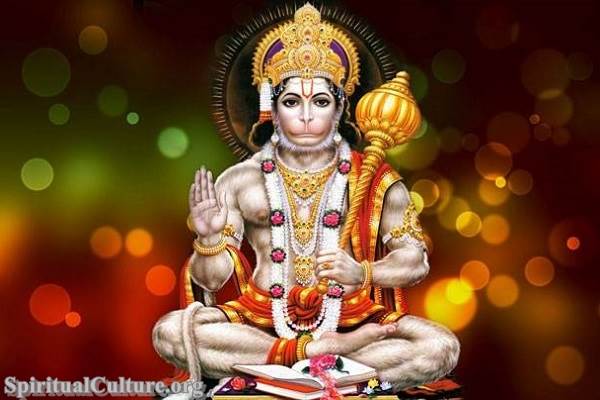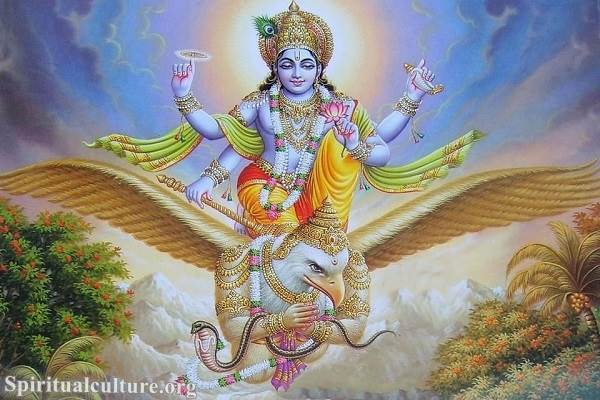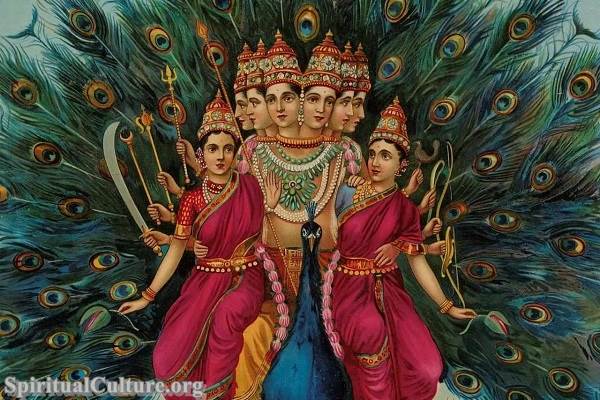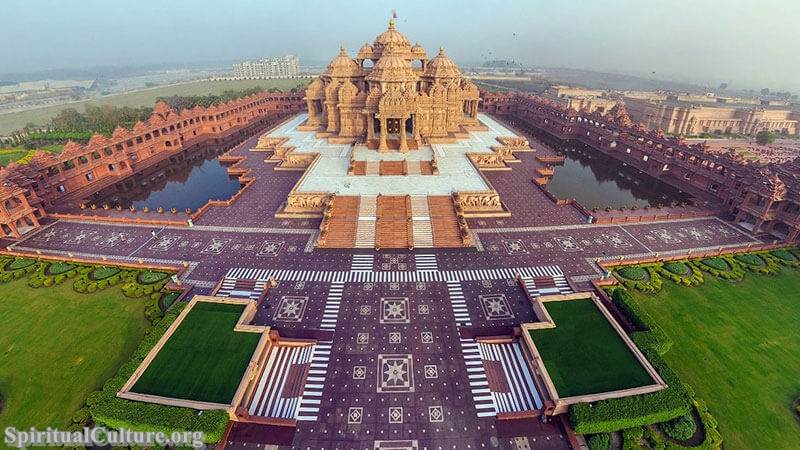In every culture, every epoch, every heart — there is a hunger to understand what is ultimate. Some call it God. Some call it Truth. Some call it the Way. Across civilizations, organized systems of belief have arisen to guide this quest. We name them “religions.” But in the spiritual legacy of India, there is a term far deeper, more ancient, and more encompassing: Sanātana Dharma.
Often equated with “Hinduism” in the West, Sanatana Dharma is not merely a religion in the institutional sense. It is a living vision of life, a path that stretches across millennia, integrating the sacred with the everyday, and the eternal with the personal. In this article, Spiritual Culture invites you to rediscover Sanatana Dharma in its original light — not as a “faith system,” but as a way of being aligned with cosmic truth.
We will explore what Sanatana Dharma truly means, how it differs from the modern conception of “religion,” and why this distinction matters more than ever in today’s fragmented world.
What Does “Sanatana Dharma” Mean?
The Language of the Eternal
The term Sanātana Dharma comes from Sanskrit:
- Sanātana means eternal, timeless, without beginning or end.
- Dharma means that which upholds, sustains, or supports — often translated as truth, law, duty, path, or natural order.
Together, Sanatana Dharma can be understood as the eternal order, the timeless way, or the path that sustains life and cosmic balance.
This dharma is not invented by any prophet, written at a single moment, or confined to one revelation. It is not dependent on belief. Rather, it is discovered — through meditation, experience, and alignment with the rhythms of the universe. It is both a personal realization and a universal principle.
A Vedic Root
The Vedas — among the world’s oldest sacred texts — describe Dharma as the very principle that maintains ṛta, the cosmic order. Without Dharma, there is chaos (anṛta). And because Sanatana Dharma arises from the nature of Reality itself, it is not bound to one region, race, or scripture. It is truth in motion.
How Sanatana Dharma Differs from Religion
To understand Sanatana Dharma, we must gently step beyond our modern, often Western, assumptions about what a “religion” is.
1. Not Founded, But Flowing
Most religions begin with a historical event — the life of a founder, a moment of revelation, a set of doctrines. They have a starting point, often traceable to a particular time and place.
Sanatana Dharma, in contrast, has no single founder. It did not begin with one person or one text. It is a confluence of wisdom, flowing through sages (rishis), scriptures, rituals, and lived traditions that evolved over thousands of years.
“Truth is One; the wise call it by many names.” — Rig Veda 1.164.46
This verse captures the pluralistic essence of Sanatana Dharma — not a rigid system, but a river of realization.
2. Not Just Belief, But Experience
Religions often emphasize belief — assent to doctrines, creeds, or historical claims. Faith becomes defined by what one accepts intellectually.
Sanatana Dharma prioritizes direct experience (anubhava). It invites the seeker to discover truth through yoga, meditation, inner inquiry, and righteous living. It says: don’t just believe — realize.
Four Yogas, Many Paths
Rather than insisting on one way, Sanatana Dharma offers many spiritual disciplines (yogas):
- Bhakti Yoga – the path of love and devotion
- Jnana Yoga – the path of wisdom and inquiry
- Karma Yoga – the path of action and service
- Raja Yoga – the path of meditation and inner stillness
Each honors the diversity of human nature. There is no “one-size-fits-all” — just as rivers take many forms but all flow to the sea.
3. Not Conversion, But Cultivation
Religion, in its institutional form, often involves boundaries — insiders and outsiders, saved and unsaved, believers and non-believers. Conversion becomes a central concern.
Sanatana Dharma does not seek to convert. Instead, it encourages svadharma — living one’s own truth, one’s own path, in harmony with one’s nature (svabhava). Its question is not “What religion are you?” but rather:
“Are you living in alignment with your deeper Self and the cosmic order?”
This is why Sanatana Dharma can include a diversity of deities, practices, and philosophies — without contradiction. It is not about uniformity, but unity within diversity.
The Inner Vision of Sanatana Dharma
At its heart, Sanatana Dharma offers a profound view of life, self, and reality. It is not merely a guide to worship, but a map for awakening.
The Nature of the Self (Ātman)
Sanatana Dharma teaches that the essence of each person is not the body, mind, or ego — but the Ātman, the inner Self. This Self is not separate from the Divine.
“That thou art” (Tat Tvam Asi) — Chandogya Upanishad 6.8.7
In this short phrase lies the foundation of non-duality: You are not apart from the Whole. You are That.
The Goal of Life (Moksha)
Rather than promising a heaven after death or fearing eternal punishment, Sanatana Dharma sees the highest aim of life as moksha — liberation from illusion (maya) and the cycle of birth and death (samsara).
This liberation is not merely a future reward, but a present awakening to one’s true nature.
Why This Distinction Matters Today
In our modern world, “religion” is often associated with dogma, division, and even conflict. It becomes a matter of identity rather than illumination.
Sanatana Dharma offers an alternative: a vision of the sacred as universal, beyond institutional borders. It speaks to a global need for spirituality that is:
- Experiential rather than dogmatic
- Inclusive rather than exclusive
- Rooted in wisdom rather than ideology
In an age of ecological crisis, mental unrest, and cultural fragmentation, this dharmic worldview reminds us:
- That we are not separate from nature, but expressions of it.
- That the sacred is not confined to temples, but present in every act done with awareness.
- That life is not a battlefield of beliefs, but a journey toward truth.
What This Means for You
Sanatana Dharma is not something one needs to “convert” to. It is a perspective you can step into, explore, and embody — wherever you are.
- If you are seeking purpose, it invites you to discover your svadharma.
- If you are weary of division, it shows the way of oneness.
- If you are longing for peace, it offers the tools of inner realization.
This path is not new. It is as old as the stars — and as fresh as this breath.
Reflect and Reimagine
Sanatana Dharma is not a religion in the conventional sense — it is a rhythm of being. It does not bind; it liberates. It does not demand belief; it invites insight. It is the soul’s remembrance of its origin and its return to wholeness.
In a world increasingly divided by labels and ideologies, this eternal way whispers to us:
“You are not lost. You are already part of the whole. Just remember.”
So whether you call it Dharma, the Way, or simply Truth — may you walk it with awareness, with reverence, and with joy.
Spiritual Culture invites you to explore not just what to believe — but how to live in harmony with the sacred that pulses through all things.





